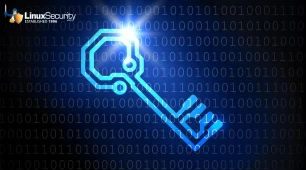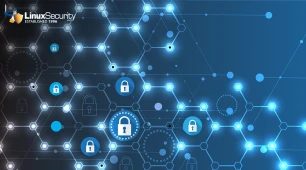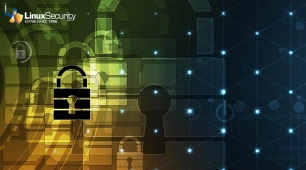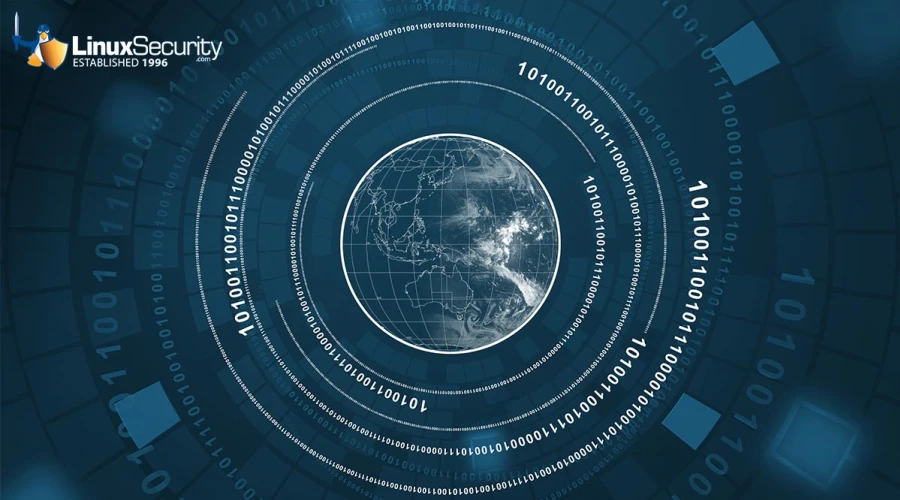
Cybersecurity is more essential than ever as threats grow more sophisticated and defenses continue to evolve. In 2025, businesses and individuals alike face unique challenges requiring innovative strategies. This overview dives into the key cybersecurity trends shaping our current reality and provides actionable insights to bolster your defenses.
Rise of AI and Machine Learning in Cybersecurity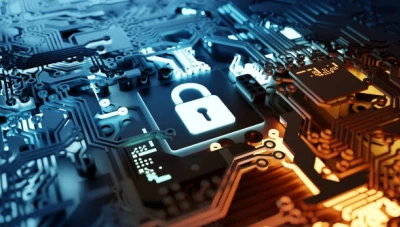
Artificial Intelligence (AI) and Machine Learning (ML) have already made significant strides in cybersecurity, but in 2025, these technologies will become even more integral to threat detection and response. AI-powered tools are increasingly adept at analyzing vast amounts of data in real-time, identifying patterns, and predicting potential threats more accurately.
AI-driven Threat Detection: Traditional security measures often struggle to keep up with sophisticated and rapidly evolving threats. AI systems, however, can analyze network traffic, detect anomalies, and respond to threats faster than human teams. In 2025, we can expect AI to become even more advanced, with improvements in natural language processing and behavioral analytics enhancing threat detection capabilities. In particular, generative AI-powered attacks, such as custom phishing emails, have added new dimensions to the threat landscape.
Automated Incident Response: AI-powered automation is expected to revolutionize incident response. Automated systems can detect threats and initiate responses, such as isolating affected systems or blocking malicious traffic, without human intervention. This rapid response can significantly reduce the damage caused by cyber incidents.
The Critical Role of Open Source: The rise of Artificial Intelligence (AI) and Machine Learning (ML) in cybersecurity has been significantly propelled by the open-source movement.
Open-source software and tools have democratized access to advanced AI and ML technologies, allowing researchers, developers, and cybersecurity professionals to collaborate and innovate without the constraints of proprietary systems. This collaborative environment has accelerated the development and refinement of AI algorithms and ML models that are essential for identifying, analyzing, and responding to cyber threats with unprecedented speed and accuracy.
By leveraging open-source platforms, cybersecurity solutions can rapidly evolve in response to new threats, benefiting from the collective expertise and contributions of a global community. This communal approach to development not only fosters innovation but also ensures a broader, more inclusive evolution of cybersecurity technologies that can adapt to the ever-changing landscape of cyber threats.
Moreover, the transparency inherent in open-source initiatives allows for the rigorous examination and validation of AI and ML models by a wide array of experts, ensuring that these technologies are robust, secure, and without hidden vulnerabilities. In parallel, organizations are exploring post-quantum cryptography to prepare for quantum computing's future impact on encryption. This aspect is particularly pertinent, given the increasing sophistication of cyberattacks and the potential for AI-driven systems to be exploited if not properly scrutinized.
Open Source also facilitates a more equitable distribution of cutting-edge cybersecurity tools, enabling organizations of all sizes to defend themselves effectively against cyber threats. This has the added advantage of raising the overall security posture of the digital ecosystem, as even smaller entities can deploy advanced AI-driven defense mechanisms.
Increased Focus on Zero Trust Architecture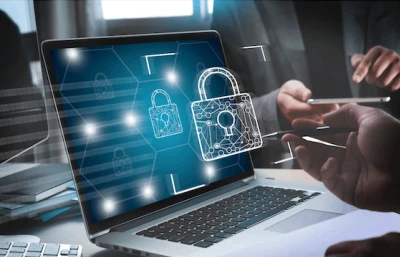
The Zero Trust model has been gaining traction in recent years, and its adoption is set to accelerate in 2025. Zero Trust operates on the principle of “never trust, always verify,” meaning that no entity, whether inside or outside the network, is trusted by default. Instead, every access request must be continuously validated.
Micro-Segmentation: Zero Trust involves segmenting networks into smaller, more manageable segments. This micro-segmentation limits the lateral movement of attackers within the network, reducing the risk of widespread breaches. In 2025, organizations will increasingly implement micro-segmentation to enhance their security posture.
Continuous Monitoring and Verification: Rather than relying on perimeter defenses, Zero Trust emphasizes continuous monitoring of user behavior and device health. This approach ensures that access is granted based on up-to-date assessments of risk and trustworthiness.
Expansion of Cybersecurity for IoT Devices
The Internet of Things (IoT) continues to proliferate, with over 25 billion connected devices entering homes and businesses. However, many IoT devices are notoriously vulnerable to cyberattacks due to inadequate security measures.
Enhanced IoT Security Standards: In response to the growing threat, 2025 will see increased efforts to establish and enforce robust security standards for IoT devices. Manufacturers and regulatory bodies will work together to ensure that IoT devices are designed with security in mind, incorporating features such as encryption and secure authentication.
Network Segmentation for IoT: To mitigate the risks associated with IoT devices, organizations will adopt network segmentation techniques to isolate these devices from critical systems. This approach limits the potential impact of a compromised IoT device on the broader network.
Growth of Ransomware and New Mitigation Strategies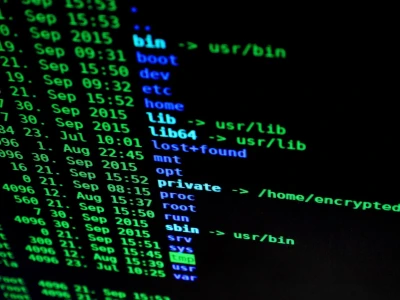
Ransomware attacks have surged in recent years, and the trend is expected to continue in 2025. Attackers are using increasingly sophisticated tactics, such as double extortion and even triple extortion, where attackers target victims' customers or partners to amplify pressure.
Ransomware Preparedness: Organizations will need to bolster their ransomware preparedness by implementing comprehensive backup strategies, ensuring that backups are stored offline or in immutable formats. Regular testing of backup restoration processes will also become a standard practice.
Ransomware Negotiation and Payment Policies: Companies are likely to develop clearer policies regarding ransomware negotiation and payment. Some organizations may choose to work with cybersecurity firms specializing in negotiating with attackers, while others may adopt a no-payment policy to discourage the criminal industry.
Rise in Linux Ransomware: Due to its widespread deployment across servers and backend systems, Linux ransomware represents an alarming trend that threatens corporate and cloud environments alike.
As hackers have realized Linux's significance to businesses, they have developed ransomware variants specifically tailored to exploit vulnerabilities in this popular OS. As such, researchers and developers from within the cybersecurity community have increased efforts to fortify Linux environments.
Strategies include regularly applying updates and patches to address known vulnerabilities, employing enhanced monitoring tools that detect suspicious activities that indicate ransomware attacks, and investing in reliable backup solutions that allow rapid recovery without incurring ransomware payments.
Additionally, the community supports and advocates for best practices such as least privilege principles and multi-factor authentication. Open-source initiatives play an integral role by developing tools and sharing knowledge to facilitate early detection and mitigation of threats—thus encouraging a proactive rather than reactive security posture.
Increased Emphasis on Cybersecurity Skills and Training
As cyber threats become more sophisticated, the demand for skilled cybersecurity professionals continues to outpace supply. In 2025, the focus will be on addressing this skills gap through enhanced training and development programs.
Upskilling and Reskilling Initiatives: Organizations will invest in upskilling their existing IT staff and providing specialized training for cybersecurity roles. Partnerships with educational institutions and online training platforms will become more prevalent, aiming to build a pipeline of skilled cybersecurity professionals.
Awareness and Training for Employees: Beyond specialized roles, all employees will need to be educated about cybersecurity best practices. Regular training on topics such as phishing awareness, password management, and safe internet usage will be critical in reducing the risk of human error.
Strengthening Cybersecurity Regulations and Compliance
Regulatory bodies continually update and expand cybersecurity regulations to address new threats and vulnerabilities. In 2025, we can expect a more stringent regulatory compliance environment with increased enforcement and compliance requirements.
Global Data Protection Regulations: With the rise of data privacy concerns, global data protection regulations will become more comprehensive. Organizations will need to stay abreast of international regulations such as the General Data Protection Regulation (GDPR) and the California Consumer Privacy Act (CCPA), ensuring compliance to avoid hefty fines. New regulations such as the Digital Operational Resilience Act (DORA) in Europe are shaping how organizations must approach cybersecurity resilience.
Industry-Specific Standards: Besides general data protection laws, industry-specific standards will gain prominence. Finance, healthcare, and critical infrastructure sectors will face more rigorous cybersecurity requirements tailored to their unique risks.
Our Final Thoughts on 2024 Cybersecurity Trends
Cybersecurity will be shaped by significant technological advancements, shifting threats, and tighter regulatory oversight. Staying informed about trends and adopting proactive measures will allow organizations and individuals to strengthen their defenses against cyber threats.
Key strategies include leveraging AI and machine learning, adopting Zero Trust principles, securing IoT devices, preparing for ransomware, investing in cybersecurity skills, and adhering to regulatory standards. Collaboration and vigilance are essential for maintaining a strong and adaptable cybersecurity posture in this dynamic environment.













